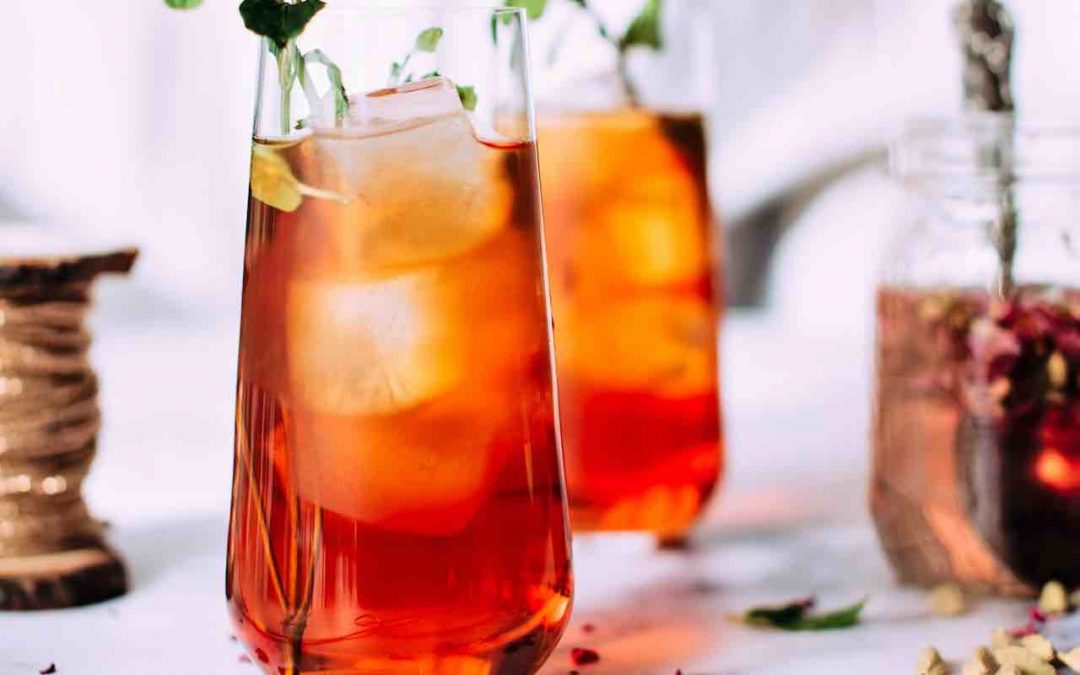If your knowledge of non-alcoholic beer and drinks stops with Clausthaler, it’s time to wake up to the modern world of no/low alcohol products! Although they make up a much smaller market than traditional alcoholic beverages, no/low products are growing at a faster rate than traditional alcoholic beverages in many markets.
Oddly enough, even though the pandemic initially caused most of us to consume more (and harder) alcohol, the trend more recently has been for consumers to be focused on healthier options. “Dry January” has actually become a meaningful event for many people around the globe and a general focus away from high-sugar, high-calorie consumption has made no/low beverages much more popular.
Historically there has been a perception that these kinds of beverages don’t taste good and are not “high quality”. Low alcohol wines have faced a great challenge as consumers perceive it being of significantly lower quality in direct comparison to their long-established counterparts.
New ready-to-drink (RTD) products don’t have the same challenge. Many of these products are not competing directly against a traditional beverage. Also many famous distillers have created lower alcohol products that cut the amount of alcohol, sometimes by half.
Spirits traditionally contain above 30% ABV. The IWSR report cites low-alcohol spirit offerings from well-established brands like Diageo’s Smirnoff, which has a Zero Sugar Infusion vodka line with less calories and a 30% ABV (the original Smirnoff vodka has a 40% ABV) and Pernod Ricard’s Beefeater gin, which launched Beefeater Botanics in Canada with a 27.5% ABV. Its original gin has an ABV of 44%.*
In the RTD space “mocktails” are able to create similar flavor profiles to traditional drinks like margaritas or daiquiris without a big hit to flavor by reducing or eliminating alcohol, but without having to wear the “virgin” moniker. They also have room to experiment with drinks that play on unrelated flavors.
When looking at whether consumers prefer no-alcohol to low-alcohol beverages, it appears that in most large international markets, no-alcohol wins with 66% of the market share. That preference is contradicted in the U.S. where low-alcohol makes a majority 70% of the no/low RTD market.
Recent trends forecast significant growth the no/low market in coming years. Although these products represent dramatically lower sales than alcoholic products, they are growing faster and faster.
- Low-alcoholic and non-alcoholic beverages sold $3.1 billion off premise in the latest 52 weeks (+10.4%)
- There was a 315% increase in online non-alcoholic + low-alcoholic beverage dollar sales in the latest 12 months vs. a 26% increase in alcoholic beer, wine and spirits e-commerce sales. **
All of this is not to suggest that we’ve entered a new phase of teetotaling. Research shows that 78% of non-alcoholic beverage buyers are also purchasing alcoholic beer, wine or spirits. Drinking among millennials has trended downward significantly compared to other groups. Many consumers are looking for ways to moderate, not necessarily eliminate and also focus on a healthier balance when it comes to their favorite beverages.
Even though no/low beverages represent a small piece of the pie verses traditional alcoholic beverages, that piece of pie appears to be growing at a faster rate. That kind of growth will lead to more diversification and higher end products. The bottom line is that if you haven’t explored the no/low world much, now might be a good time to start!
** https://wineindustryadvisor.com/2021/10/12/nielseniq-newly-released-beverage-trends


Recent Comments